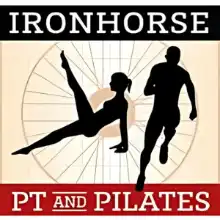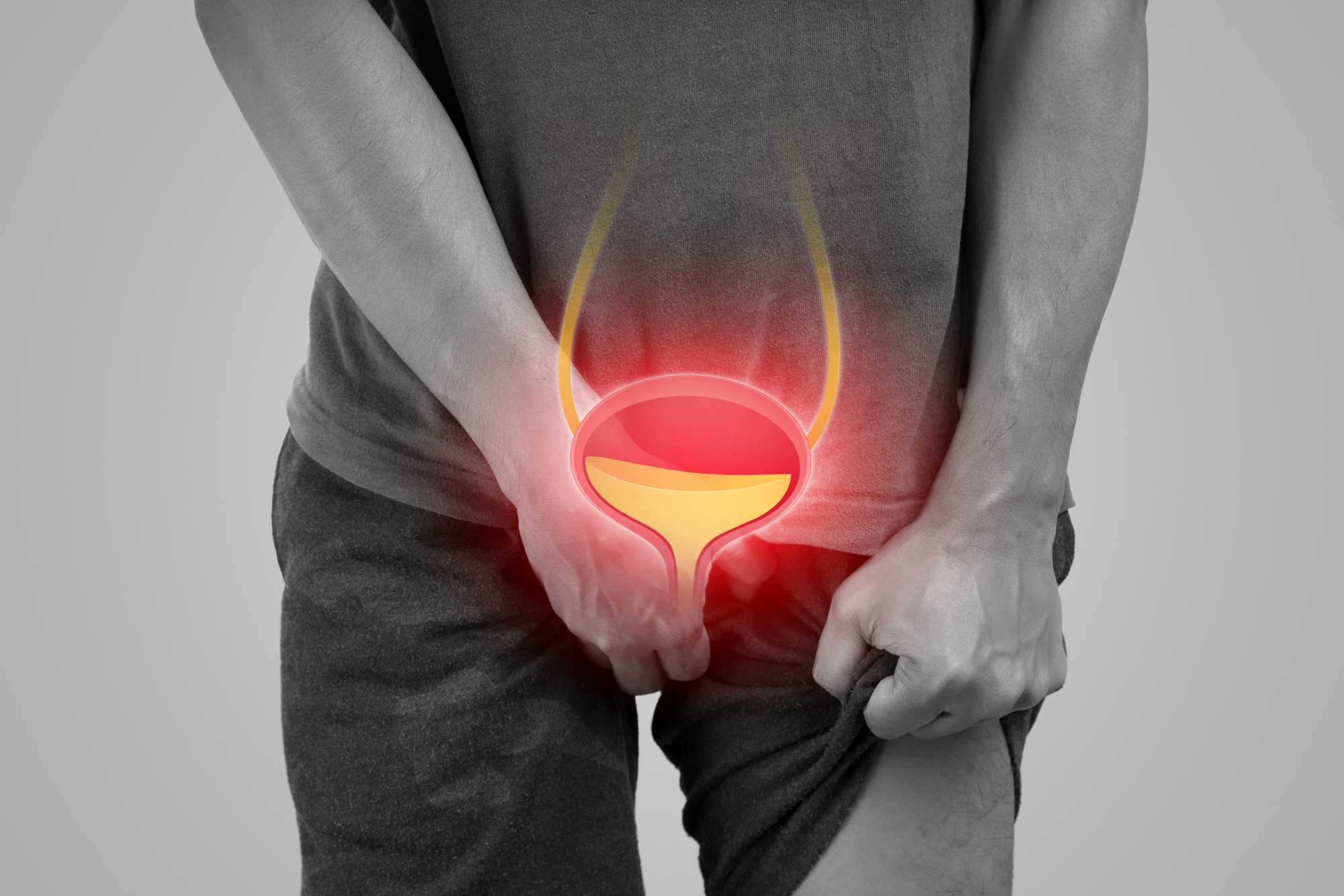Postpartum experiences vary widely among women and one common challenge many face is urinary incontinence, particularly during activities like running. This article explores the prevalence of urinary incontinence postpartum, its impact on women’s lives, and the role of Urinary Core and pelvic Floor Rehab in addressing this issue.
For those seeking specialized care in San Ramon, CA, Ironhorse Physical Therapy & Pilates stands as a trusted resource.
The Truth Behind Postpartum Leaks During Running
Before pregnancy, you were crushing training runs and seeing fitness gains. But after, baby, returning to running, you leak pesky pools at every step. You’re not alone – over half of new moms deal with embarrassing leakage like stress urinary incontinence (SUI) hindering their activity enjoyment.
Yet staying active compels you – boosting mood and energy while melting baby weight. So, how do you reclaim your pre-baby running freedom minus misery-inducing messiness? Read on for expert advice you never knew from pelvic health pros guiding your graceful return to the sport you love.
During pregnancy, your pelvic floor muscles stretch immensely to accommodate the baby’s passage through the vaginal canal. Simultaneously, weight gain and hormones like relaxin soften supportive connective tissues for birth. While necessary accommodations enable delivery, these physical adaptations predispose leakage issues down the road as the pelvic floor and vaginal tissue recover post-childbirth.
SUI Basics: How Running Triggers Accidental Urine Loss
Stress urinary incontinence results when intra-abdominal pressure overrides urethral closure pressure, involuntarily releasing urine. Jolting movements like running, hopping, or climbing stairs spike abdominal pressure.
Simultaneously, weakened pelvic floor coordination fails to compress the urethra quickly, keeping contents locked behind urethral sphincters as excess pressure passes through the core. This untimely release of urine against your will classifies as SUI.
Risk Factors Predisposing You After Childbirth
- Pelvic floor muscle overlengthening to baby’s head circumference
- Vaginal tearing, episiotomies or operative deliveries further damage local tissue integrity, including nerve supply
- Postpartum hormonal shifts perpetuating laxity/weakness
- Chronic repetition of improper pelvic loading patterns – faulty movement patterns strain already vulnerable post-baby supportive structures
Other factors like genetic predisposition, congenital collagen defects, smoking, obesity, advanced age or menopause status also influence pelvic floor dysfunction – with pregnancy and delivery often the final straw provoking issues like SUI. But avoiding your beloved running fails to fix foundational instabilities perpetuating problems long-term.
Patience, Progress, and Appropriate Load Management Keys to Recovery
Postpartum healing requires ample time for overstretched and traumatized tissues to remodel and strengthen. Rushing back into intense exercise too soon overstresses vulnerable areas, provoking reinjury and delaying recovery.
A gradual loading continuum allows adaptive capacity to develop slowly without forcing convalescing muscles and connective tissue beyond safe thresholds.
Progressive incremental loading provides the appropriate dosage of tension and impact for promoting the microscopic realignment of collagen matrix components and accelerating fibroblast proliferation and maturation.
Gentle loading early on progresses collagen synthesis while avoiding overexpression of inflammatory cytokines and destructive matrix metalloproteinases.
Appropriate graduated cardiovascular challenges also enhance the circulatory delivery of nutrients and oxygen necessary for efficient tissue regeneration.
With an individualized postnatal conditioning prescription optimized for your unique rate of healing and lifestyle demands, the pelvic floor neuromuscular control and contractile continence mechanisms can reeducate and withstand rerunning loads without leakage over months.
Though complete resolution extends beyond quick fixes, each slight milestone improvement sustains motivation, pushing through frustration plateaus.
Investing dedication into proper gradual loading protocols prevents long-term issues like pelvic organ prolapse or recurrent leakage. With ample patience and wise pacing, you will regain your prebaby running bliss again.
Pelvic Floor Muscles: Critical Local Dynamic Stabilizers Requiring Rehabilitation
The intricate layered hammock of muscles spanning inside the bony pelvis, including the levator ani, coccygeus, and circular external urethral sphincter, work in coordinated unison, providing vital support. This allows the bladder, uterus, rectum, and small intestine to maintain proper anatomical alignment against gravitational forces even with dynamic body positioning changes. Simultaneously, this active sling stabilizes hip biomechanics and the lumbar spine, optimizing efficient load transfer down the kinetic chain with movement.
However, during pregnancy and vaginal delivery, these vital muscles overlengthen and weaken from the tremendous stretch accommodating the passage of a baby. The pudendal nerve and associated fascial tissue planes also endure enormous stress. Damage to these dynamic continence mechanisms allows pelvic organs to descend and bulge, producing issues like stress.
incontinence and contributing to low back strains. Rehabilitating the pelvic floor through neuromuscular reeducation provides essential stabilization, realigns soft tissue mobility restrictions, and reintegrates reflexive coordination between breath and core activation for leakproof, effortless movement.
Pelvic Floor Components and FunctionKey Muscles Involved:
- Levator Ani – Supports pelvic viscera while aiding sphincter closure during increases in abdominal pressure
- Coccygeus – Anchors Levator Ani to sacrum/coccyx, providing posterior shelf; aids defecation
- Urethrovaginal Sphincter – Circular muscle surrounding lower vagina/urethra; contracts closing urethral lumen, preventing urine leakage
Nerve Supply
The pudendal nerve inputs motor control by contracting and relaxing pelvic floor muscles in a coordinated sequence. Intact pudendal nerve function keeps continence mechanisms working. Childbirth can damage this nerve, exacerbating dysfunction.
Connective Tissues
Dense irregular elastin-rich connective tissue called endopelvic fascia secures organs/muscles in optimal alignment. Other key ligaments anchor bony structures. Damage to these tissue planes alters anatomical integrity.
Symptoms Indicating Needed Pelvic Floor Re-Education
- Stress urinary incontinence – leaks with coughing, sneezing, activity requiring pad usage
- Urgency and frequency issues
- Bowel incontinence
- Pelvic organ prolapse – the feeling of pressure, heaviness, or bulging
- Sexual dysfunction – decreased arousal, discomfort
Seeking skilled guidance maximizes the remedy of underlying instabilities before true debilitation develops.
Manual Therapy and Neuromuscular Retraining Heal Damaged Tissues
While Kegels seem the logical solution for SUI and pelvic floor rehab, simply attempting to “squeeze vaginal muscles” fails to contract the appropriate deeper muscle planes. And worse, compensatory holding patterns involving external hip rotators, glutes, and abdominals often take over – with internal structures remaining lengthened and dormant.
Professional manual techniques and neuromuscular re-education methods teach you to properly recruit and coordinate target musculature, restoring closure force and organ support from the inside. Assisting your therapist’s hands externally combined with internal vaginal touch conveys proper firing sequences that Kegels alone cannot achieve.
Ongoing gentle mobilization therapy also relieves lingering scar tissue or adhesions, entrapping nerves and compromising healing. Restoring ideal mechanics, efficient movement patterns, and stability keeps you running without leaks. Additional therapies like therapeutic ultrasound and hormone-balancing light treatments boost results by nourishing tissues.
Gradual, Progressive Loading Protects Healing Tissues
Providing adequate recovery before resuming intense exercise prevents overstressing convalescing areas. Walk before you run – literally. Early modified training allows adaptation without forcing injured structures beyond capacity too quickly.
Your skilled therapist helps determine appropriate training loads based on continence status and tissue irritation signs after assessed trials. This imparts lifelong leakage prevention strategies and confidence to remain active.
Additional Techniques Augmenting Pelvic Floor Re-Education
Postural Retraining
Overarched low back postures increase intra-abdominal pressure on the pelvic floor, simultaneously weakening core stabilization. Postnatal Pilates retrains ideal spinal alignment, integrating transverse abdominals properly – and taking pressure off the pelvic diaphragm.
Breath Training
Breath holding and pushing out forcibly instead of inhaling deeply/exhaling fully during exertion provokes pelvic floor descent. Proper three-dimensional breathing mechanics train optimal diaphragmatic and pelvic floor coordination, minimizing leaks.
Hip/SI Joint Adjustments
Loosened pregnancy ligaments causing asymmetry between ilia or sacral dysfunctions change force dissipation through the pelvis during impact activity. Addressing keystone areas prompting compensatory instability protects healing.
Debunking Myths About Postpartum Incontinence
Many women assume leaking while active months after delivery remains inevitable – just part of being a mom. Or that with advanced age, accidents must be managed versus rectified.
However, timely expert care properly rehabilitating damaged supportive connective tissues and overlengthened muscles restores anatomy and function, controlling leaks during activity. Complete resolution takes dedication but is achievable for most.
Understanding How Your Pelvic Floor Works
The intricate layering of responsive muscles, connective tissue, and nervous input work together, providing air-tight closure of the urethra and anorectum – keeping contents locked safely inside. When delivery stresses tissues past limits, dysfunction develops.
However, targeted corrective therapy reestablishes tone, strength, and coordination. San Ramon Physical Therapy offers specialized programs designed to strengthen the pelvic floor and alleviate symptoms
Regaining Confidence in Your Body
Frustration and disappointment plague new moms unable to return to activities they love without worrying about leaks or prolapse. But seeking professional guidance gets you back on track – first remedying dysfunction, then gradually resuming fuller function without fear. Supportive care lends courage and conviction to move better which transfers into a positive life outlook. You can run, lift, and live fully again post-baby.
Conclusion
At San Ramon, CA, the pelvic health therapists at Ironhorse Physical Therapy & Pilates provide women’s wellness manual therapy and tailored neuromuscular re-education programs combining internal vaginal manual techniques with core integration.
Ironhorse Physical Therapy & Pilates in San Ramon, CA, recognizes the importance of addressing this issue and offers specialized Core & Pelvic Floor Rehab in San Ramon.
Proper pelvic floor activation and gradual loading prescription reestablish function and confidence for running, jumping, or lifting without embarrassing accidents. Regain control over your pelvic floor function and modify activity without avoiding your passion. Call today to overcome postnatal pelvic floor barriers hampering an active lifestyle.


